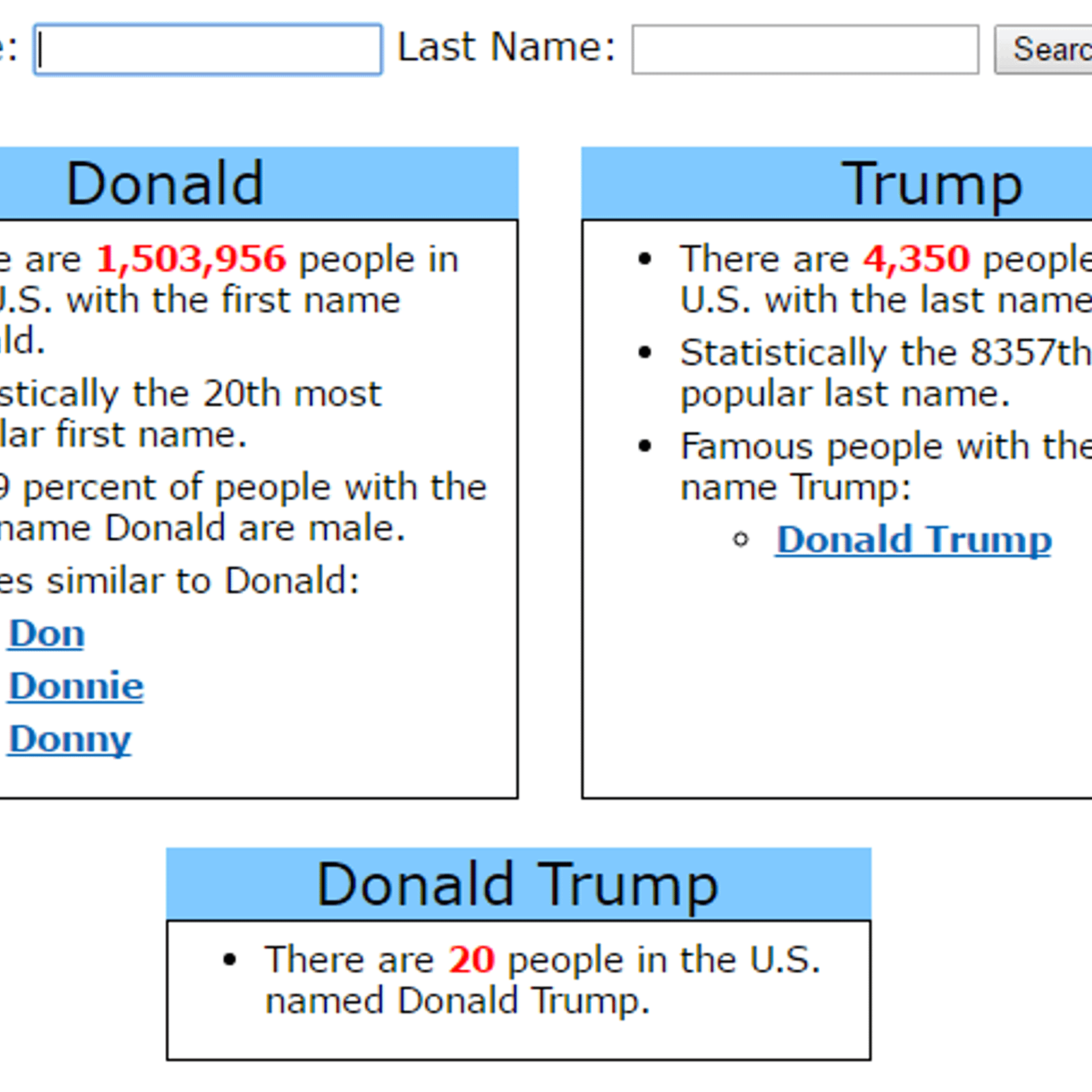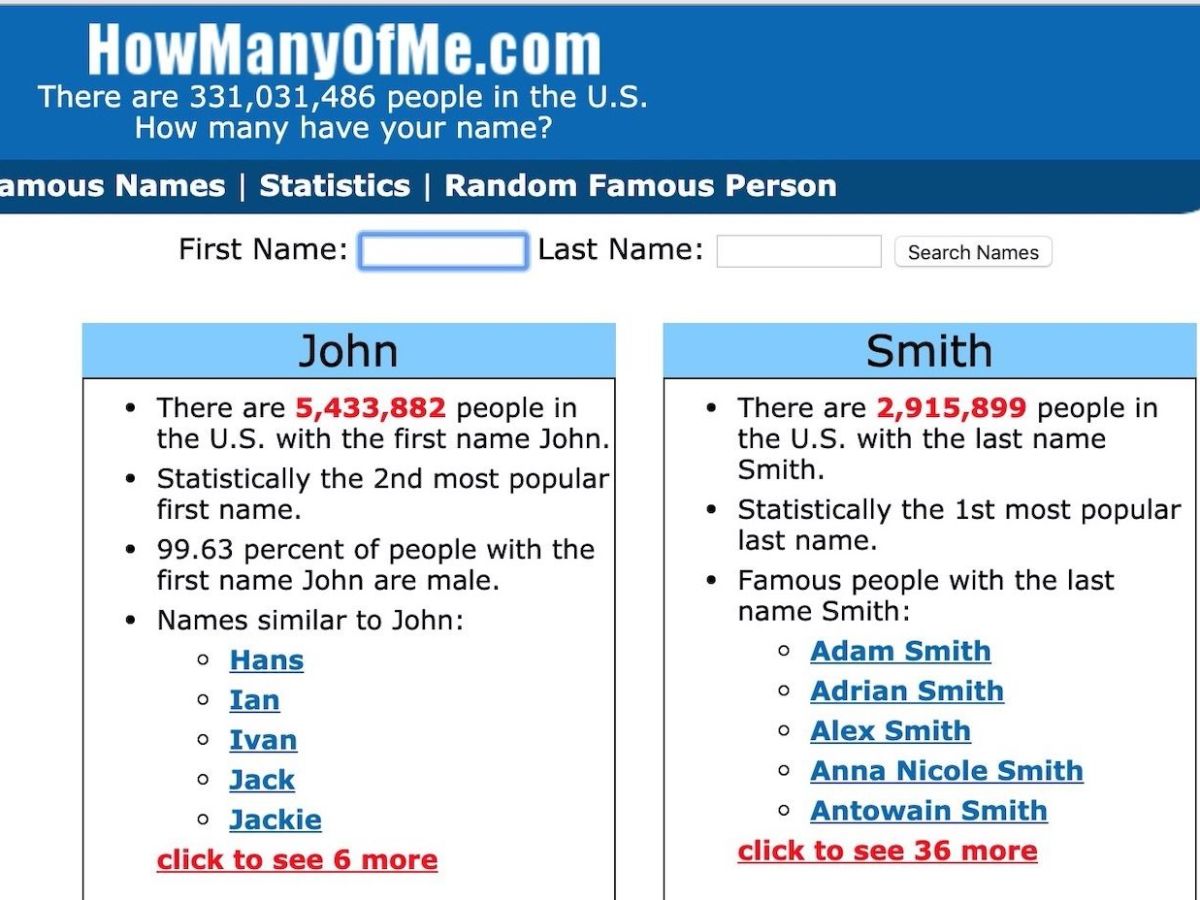It's a curious thing, thinking about how many people might be just like you out there in the big, wide world. We often feel like we are one of a kind, with our own special quirks and ways of seeing things. It is a comforting thought, this idea of being truly distinct, a sole example of our particular make-up and experiences.
Yet, at the same time, there's a funny twist to this feeling of being unique. Sometimes, you might find someone who shares a part of your story, maybe a name, or a similar background. It's a bit like seeing a reflection, but not quite your own, you know? This brings up an interesting puzzle about just how singular each of us truly is, and where the lines between being entirely individual and having common threads with others might lie, very much like a shared pattern.
This idea of personal distinctiveness stretches into all sorts of spaces, even the digital ones. From the way we name ourselves online to the creations we share, we leave little bits of ourselves scattered about. We're going to look a little closer at what makes you, well, you, and consider how your own specialness shows up, both in real life and in the online places we spend our time.
Table of Contents
- The Curious Case of Your Unique Self
- What Makes You, You?
- Digital Echoes and Personal Spaces
- Practical Limits and Digital Excess
The Curious Case of Your Unique Self
There's a real sense of wonder when you think about your own place in the world, like you're the only one who has exactly your combination of traits. Someone might feel quite sure they're the sole person with their specific name spelling in their whole country, perhaps even across the globe. This kind of feeling comes from having a name that feels truly special, maybe an older American spelling from a certain decade, mixed with a family name from a different land, like one from Slovakia. It makes you feel like a truly rare find, a single point in a very large collection of people, you know?
This feeling of being one-of-a-kind is a powerful thing, and it often holds true. There are so many tiny details that make each person distinct. Think about all the little things that come together to make you, you – your experiences, your memories, the way you think about things. It's a very personal collection of characteristics that, when put together, create someone truly special. It's almost like a fingerprint for your entire being, something no one else can quite replicate, at least not perfectly.
Just how many of me are there, really?
But then, life sometimes throws a little curveball into that feeling of absolute uniqueness. You might have a name that you believe is incredibly rare, only to discover that you actually know a couple of other people who share both your first and last names. It's a bit surprising, perhaps even a little funny, to find that what you thought was entirely your own is, in fact, shared by others. This makes you wonder about the precise count of individuals who might share a similar identity with you, doesn't it?
And it's not just about names. Sometimes, you might look for yourself, or perhaps a specific identifier, and find that while a system says there are only a handful of you, a quick search shows many, many more. This can be quite confusing, honestly. It brings up questions about how information is gathered and presented, and whether the tools we use to count and categorize truly capture the full picture of how many of me there might be in the wider population. It’s a bit like looking for a specific type of plant and finding a whole field of them when you expected just a few, apparently.
What Makes You, You?
Beyond names and numbers, what truly makes each person distinct is a deeper collection of traits. It's the way you approach challenges, your particular skills, and the things you enjoy creating. For example, someone might spend time building elaborate worlds in a popular block-building game, crafting a map that reflects their own ideas and vision. This kind of creative endeavor is a very personal expression, a way of putting a piece of yourself into something tangible, or at least digital, you know?
These personal projects, like designing a detailed map in a game, are a big part of what sets people apart. It's not just about having a unique name; it's about what you do with your time and how you express your thoughts. The effort put into such a creation, the hours spent making it just right, truly showcases an individual's patience and imaginative spirit. It really does show a lot about a person, doesn't it?
Exploring your individual "how many of me" identity
When you consider your own personal identity, it’s a lot more than just the basics. It’s about the small victories, like getting top marks on nearly every part of a difficult challenge, with just one exception. That one tricky part, the one that keeps you from a perfect score, actually says something important about your perseverance. It shows you're willing to keep trying, even when things are a bit tough. This kind of personal drive is a key part of who you are, something that shapes your unique path, so it's almost like a personal badge.
And it's also about the way you tackle problems that seem a bit strange or unexpected. Like, how do you get characters in a game to move when they seem stuck? Or when a part of your virtual world isn't behaving as it should, becoming a bit odd or unpredictable with certain arrangements. These are the moments where your problem-solving abilities shine, where you figure out a way around a snag. These small, everyday puzzles contribute to the story of your own individual "how many of me" identity, showing your particular way of thinking and acting in the world.
Digital Echoes and Personal Spaces
Our presence online often mirrors our real-world distinctiveness, creating what you might call digital echoes. Think about the spaces we build and inhabit in virtual worlds. Someone might create a specific kind of map in a game, a place where they've put their own stamp on things. This isn't just about playing a game; it's about making a personal statement within a shared digital environment. It’s a way of showing others a little piece of your creative mind, and it is a fascinating concept.
These digital creations, like a custom game map, are a direct extension of someone's personality. They reflect choices, preferences, and a particular way of seeing the world, even if it's just a virtual one. The act of building something and then sharing it, perhaps even recording a video of yourself interacting with it, turns a private endeavor into a public display. It's a way of saying, "This is me, this is what I made," and it adds another layer to the idea of how many versions of "me" exist in various forms.
Can a "how many of me" map show your digital presence?
When we talk about digital creations, like a custom map in a game, it's a bit like drawing a picture of your own digital footprint. The map, perhaps called "so many me," acts as a visual representation of the builder's ideas and skills. A video showing someone playing through the first part of such a map is a direct demonstration of their work and their connection to that digital space. It’s a very clear way to share a piece of your online self with others, kind of like showing off a drawing you made, actually.
These online spaces, whether they are maps, forums, or shared communities, become places where aspects of our identity are expressed. When someone shares a video of their creation on a moderated platform, they are not just showing off a game level; they are sharing a part of their creative self in a structured environment. This kind of interaction helps define their digital presence, showing how many different facets of "me" can exist and be presented in the online world, giving a sense of the scope of their digital self.
Practical Limits and Digital Excess
Sometimes, when we're building things, especially in digital spaces, we come across the idea of having too much of a good thing. For instance, in certain digital systems, there's a thought that having an incredibly large amount of storage space for a single type of item might not be the most sensible approach. It's a question of practicality versus sheer scale. The thought might be, why would anyone ever need such an immense amount of space for just one kind of thing? It seems a bit over the top, doesn't it?
The advice often given in these situations is to avoid keeping millions of a single block or item. Instead, it's suggested to clear out things you don't really need and to keep the items you have a lot of in a more organized way. This approach highlights a common sense idea: even in digital environments, there are limits to what is truly useful or manageable. It’s a bit like having too many pencils; you only need so many, and the rest just take up space, very much like that.
Why so much "how many of me" storage might be too much
When thinking about digital systems, there's a practical side to how things are set up. For example, certain digital components, like drives in a system, behave like simple connections, supporting only a limited number of pathways for information. If you try to push these limits, or set things up in a way that is too complex, the system can become a bit unstable or act strangely. This shows that even in digital creation, there are practical boundaries to consider, so it's a bit of a balancing act.
The idea of having an excessive number of channels or connections in a system is often seen as unnecessary. Building and keeping such a design in working order can be quite challenging, and few people would ever truly need that many connections. The main reason for creating such a large or intricate setup might be to explore different ways of building or to test the system's boundaries, rather than for everyday use. It's about pushing the envelope, but also recognizing that there are sensible limits to how many of me, or how much of anything, is truly useful in a practical sense.
There's also a subtle constraint on the variety of items you can store, even if the total space is large. People sometimes don't quite grasp just how many different kinds of items a certain number, like 63 types, actually represents. This might be arranged in a grid, for example, seven rows with nine items in each row. This shows that while storage might seem endless, there are thoughtful designs that balance capacity with the number of unique things you can keep. It’s a pretty clever way to organize, honestly.


